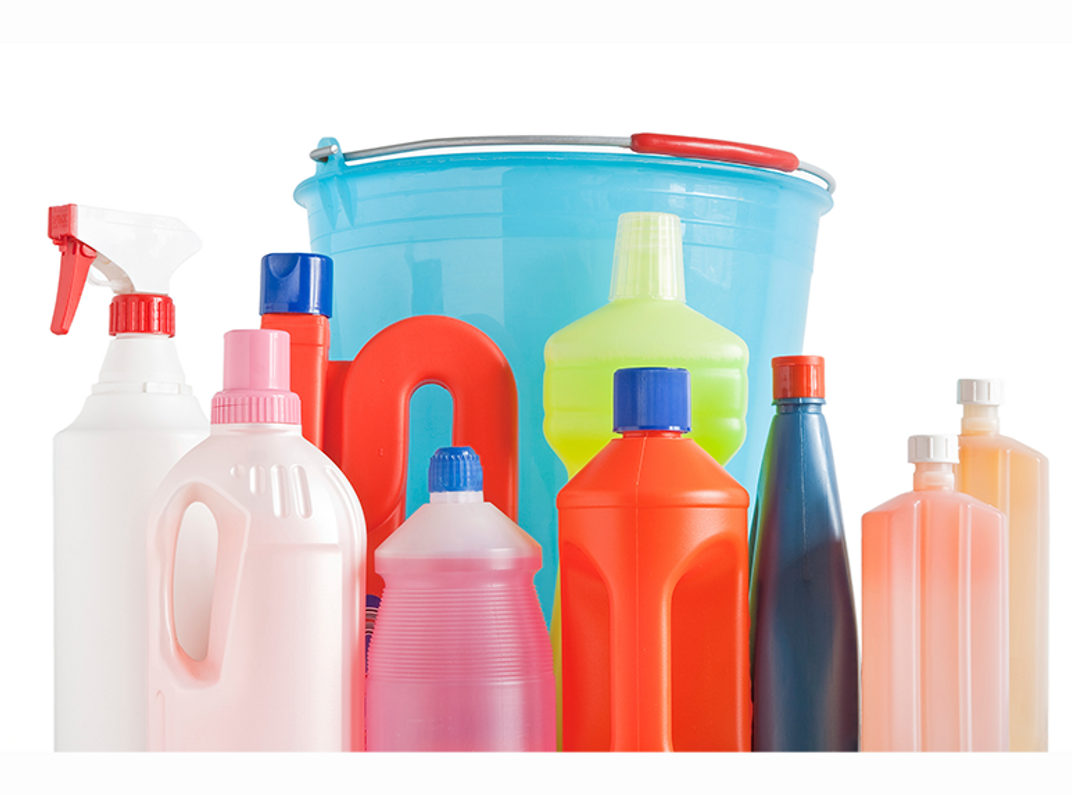What are Detergents and Surfactants?
Detergent is a broad term for chemical compounds that are amphipathic-that is they possess different segments-one that is hydrophobic (water-hating) that can sink into and break up fats and grease- and one part that is hydrophilic (or water-loving) and can be hydrated by water. The hydrophobic part absorbs into a contaminant lifting it out while the hydrophilic part allows it to dissolve into water, removing the contaminant, stain or dirt. Soaps as detergents are generally made from plant or animal fats and lye (sodium hydroxide), in a process called saponification, and are some of the oldest chemicals made and used by man since antiquity.
Surfactants are chemicals that break water surface tension between grease and lipids, and those used in laboratories such as Tween 20 and Tween 60 are also considered to be detergents, lowering the surface tension between a liquid and materials, allowing them to admix and dissolve. Some detergents are used to dissolve proteins and fats specifically, and specific detergents and surfactants are used extensively in research, commerce and industry.
Most surfactants have branched, linear, or aromatic hydrophobic groups, while fluoro-surfactants possess fluorocarbon chains and siloxanes possess silicon based hydrophobic groups or sidechains. Concurrently, the polar "head” region of surfactants and detergents that are hydrophilic can possess sulfate, sulfonate, phosphate and carboxylate functional groups, providing water solubility.
Since the naming and chemistry of detergents can be confusing,just Ask A Chemist for help navigating through the science and laboratory uses of detergents, surfactants, fats and lipids.
Alkylbenzene sulfonate anionic detergents are the most common form of detergents, and are produced in the billions of tons annually for use in the domestic and consumer markets as cleansing agents.
Bile salts and acids, such as deoxycholic acids are anionic (negatively charged) detergents produced in animals primarily by the liver to aid in digestion and absorption of fats in nutrition.
| Sodium laureth sulfate | Sodium dodecylbenzenesulfonates | Dodecylbenzoates | Lithium dodecyl sulfates |
Cationic detergents
Cationic detergents have quaternary ammonium groups (positively charged) as hydrophilic segments and hydrophobic segments composed of alkyl chains in varying length and ability to act as detergents.
| Tetrakis(decyl) ammonium bromides | Benzalkonium chlorides | Cetyltrimethylalkonium chlorides |
Non-ionic detergents
Non-ionic detergents are characterized by their uncharged, hydrophilic head groups. Typical non-ionic detergents are based on polymer chains or sugars, such as polyoxyethylene or a carbohydrate or sugar residue or glycoside. Polyoxyethylene derivatives include Tween, Triton and Brij detergents and come in different chain lengths for varying detergent strengths.
| Tween | Triton | Brij | Bile Salts |
Amphoteric detergents
Amphoteric or zwitterionic detergents have negative and positive charges within the same molecule and operate within a particular pH range, but have no net molecular charge. Detergents in this class include CHAPS, MOPS and other compounds capable of accepting and donating protons (H+) in water.
| CHAPS | MOPS | alkylamidopropylamine N-oxide (APAO) | alkylamidopropylbetaine (APB) |
Detergents Also Classified as Surfactants
Users Guide to Surfactant Cleaners Arizona Department of Agriculture
Recent Posts
-
Disinfecting Surfaces in the Era of Covid and EPA Registered Commercial Disinfectants and Viricides
The disinfection of surfaces at home, in public spaces, and in hospitals and clinics needs to be a …15th Jan 2023 -
Working with Inorganic Acids in the Laboratory: A Practical Guide
Working with Inorganic Acids in the Laboratory Acids are of great importance in the laboratory and a …5th Jan 2023 -
The Top 12 Drinking Water Contaminants
1.Lead- from older plumbing systems pre-1986, when lead pipes, solder, and components were banned. …14th Dec 2022

